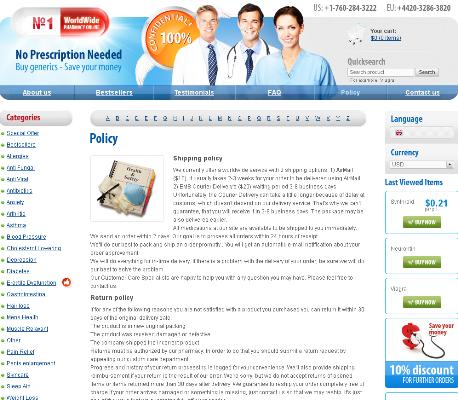Understanding Cleocin: What Sets It Apart
Cleocin, also known by its generic name clindamycin, stands out in the realm of antibiotics thanks to its versatility. Unlike many antibiotics that target a narrow range of bacteria, Cleocin is effective against a wide spectrum, including some drug-resistant strains. This broad activity makes it a valuable option for treating stubborn infections where other antibiotics may fail.
Patients often turn to Cleocin when common treatments don’t work. It’s prescribed for bacterial infections ranging from skin and soft tissue conditions to more serious ailments, like bone infections. Cleocin’s unique ability to disrupt bacterial growth offers renewed hope, especially in cases resistant to standard therapy.
| Feature | What Makes Cleocin Unique |
|---|---|
| Active Ingredient | Clindamycin |
| Spectrum | Broad; covers gram-positive and some anaerobic bacteria |
| Application | Used when other antibiotics are ineffective |
How Cleocin Targets Harmful Bacteria

When cleocin enters the body, it seeks out harmful bacteria with precision, disrupting their ability to multiply. It achieves this by binding to a specific part of the bacterial ribosome. This action stops the bacteria from building essential proteins, ultimately halting their growth and spread.
By targeting the infection at a cellular level, cleocin prevents bacteria from becoming stronger and more widespread. This selective interference helps your body's immune system clear the infection more efficiently, promoting faster recovery and reducing the risk of complications.
The Science Behind Cleocin’s Mechanism
Cleocin, also known as clindamycin, operates by targeting the machinery that bacteria use to make proteins—essential building blocks they need to grow and multiply. With remarkable precision, cleocin binds to a specific part of the bacterial ribosome, halting protein synthesis in its tracks. Since bacteria are unable to produce the proteins vital for their survival, the infection begins to subside as the bacterial population dwindles.
What makes cleocin particularly effective is its ability to work against both common and resistant strains of bacteria, especially those that evade other antibiotics. This targeted approach not only curbs the growth of harmful bacteria but also helps reduce the risk of developing further resistance, making cleocin a vital option in the battle against tough bacterial infections.
Types of Infections Cleocin Effectively Treats

Cleocin is widely trusted for its ability to tackle a range of bacterial infections that can affect both the skin and deeper tissues. Doctors often prescribe it for cases such as severe acne, cellulitis, and bone infections like osteomyelitis. Its effectiveness extends to treating respiratory tract infections, especially when other antibiotics fall short. By stopping the growth of specific bacteria, Cleocin quickly helps reduce inflammation and speeds up the healing process.
In addition, Cleocin is valued in treating pelvic inflammatory disease and certain dental infections, providing relief to patients when bacteria become resistant to first-line antibiotics. Its broad-spectrum coverage makes it a key option in modern infection management.
What to Expect during Cleocin Treatment
During Cleocin therapy, many people notice that their infection symptoms begin to ease within just a few days. For instance, pain, swelling, or redness may diminish as the medication curbs bacterial growth. However, it’s vital to continue the full prescribed course, even if you start feeling better before it’s finished, to ensure the bacteria are completely eliminated and prevent recurrence.
You might be prescribed Cleocin as capsules, or sometimes as an intravenous solution, depending on the severity of the infection. Some people may experience mild side effects such as nausea or diarrhea, but they are generally manageable. If any severe reactions appear, like a rash or difficulty breathing, you should contact your healthcare provider immediately.
Below is a summary of what to monitor during treatment:
| Aspect | What to Monitor |
|---|---|
| Symptom Relief | Pain, swelling, and fever reduction |
| Side Effects | Nausea, diarrhea, or allergic reactions |
| Treatment Adherence | Complete prescribed course |
Important Tips for Safe Cleocin Use
Before starting your Cleocin course, inform your doctor about any allergies or previous side effects from antibiotics, as this helps avoid adverse reactions. It's vital to take Cleocin exactly as prescribed—do not skip doses or stop early, even if symptoms improve. Suddenly halting treatment increases the risk of the infection returning and can contribute to antibiotic resistance, making future infections harder to treat.
Because Cleocin may interact with other medications, always share your full medication list with your healthcare provider. Drink plenty of water throughout the treatment to aid absorption and reduce the risk of stomach upset. Finally, if you notice severe diarrhea, abdominal pain, or signs of an allergic reaction, seek medical help promptly, as these could signal serious side effects that require immediate attention.



